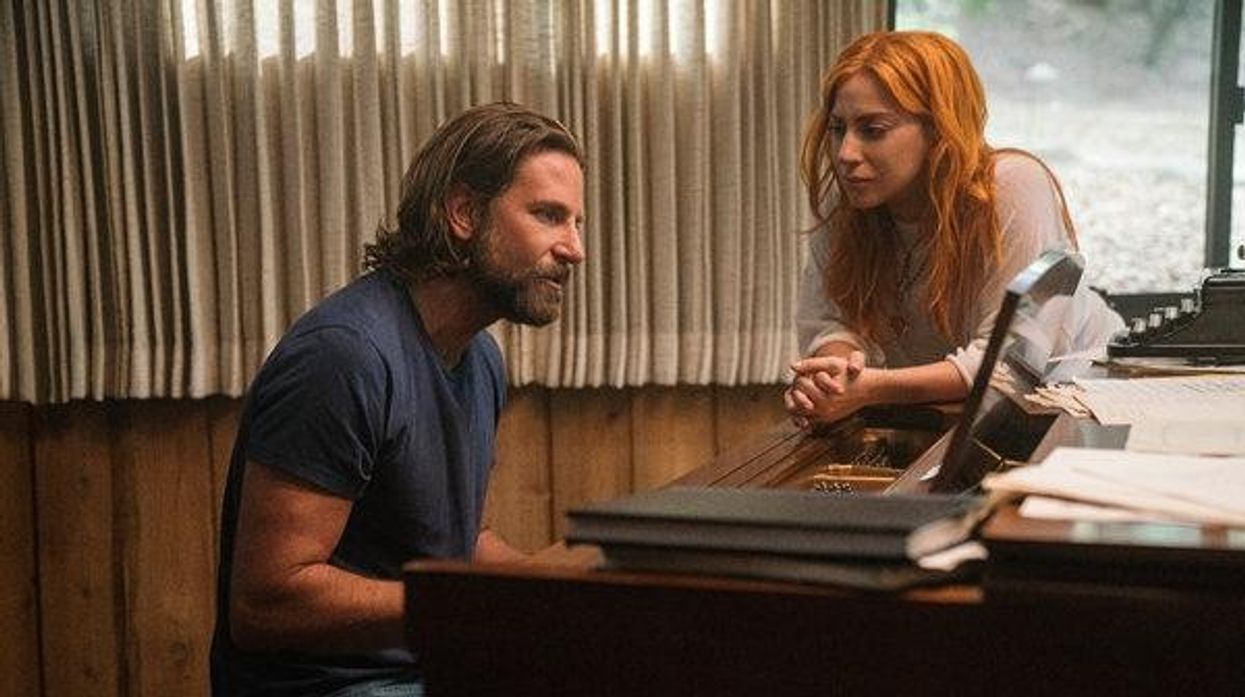Check out the Nominations for the 2019 Golden Globe Awards
And the Golden Globe goes to....

It's no secret that awards season is in full swing. After the IFP Gotham Awards kicked off the film-feting a week ago and the Academy of Motion Picture Arts & Sciences revealed Kevin Hart as their host for the 91st Academy Awards in February, the next shoe to drop were the nominations for the Hollywood Foreign Press Association's 76th annual Golden Globe Awards (airing on Sunday, January 6th, 2019).
Produced by Dick Clark Productions, the Golden Globes are viewed as a pretty strong prognosticator of the Oscars, with one caveat being that the Globes have separate lead categories for Comedy/Musical and Drama (the Oscars do not segregate based on genre), meaning that there were 20 lead actors with nominations this morning and not what will ultimately be 10 at the Academy Awards.
Keep that in mind when perusing this list (will Emily Blunt and Lin-Manuel Miranda receive Oscar nominations for their roles in Mary Poppins Returns? Not likely. Could Vice dominate at the Academy Awards like it did with today's Globe nominations? Possibly) and let us know down in the comments which films you still need to catch up with. Below is the complete list of theatrically-released feature films being honored.
Best Motion Picture – Foreign Language
“Capernaum”
“Girl”
“Never Look Away”
“Roma”
“Shoplifters”
Best Original Score – Motion Picture
Marco Beltrami (“A Quiet Place”)
Alexandre Desplat (“Isle of Dogs”)
Ludwig Göransson (“Black Panther”)
Justin Hurwitz (“First Man”)
Marc Shaiman (“Mary Poppins Returns”)
Best Screenplay – Motion Picture
Alfonso Cuaron (“Roma”)
Deborah Davis and Tony McNamara (“The Favourite”)
Barry Jenkins (“If Beale Street Could Talk”)
Adam McKay (“Vice”)
Peter Farrelly, Nick Vallelonga, Brian Currie (“Green Book”)
Best Actor in a Supporting Role in a Motion Picture
Mahershala Ali (“Green Book”)
Timothee Chalamet (“Beautiful Boy”)
Adam Driver (“BlacKkKlansman”)
Richard E. Grant (“Can You Ever Forgive Me?”)
Sam Rockwell (“Vice”)
Best Actress in a Supporting Role in a Motion Picture
Amy Adams (“Vice”)
Claire Foy (“First Man”)
Regina King (“If Beale Street Could Talk”)
Emma Stone (“The Favourite”)
Rachel Weisz (“The Favourite”)
Best Motion Picture – Animated
“Incredibles 2”
“Isle of Dogs”
“Mirai”
“Ralph Breaks the Internet”
“Spider-Man: Into the Spider-Verse”
Best Actor in a Motion Picture – Musical or Comedy
Christian Bale (“Vice”)
Lin-Manuel Miranda (“Mary Poppins Returns”)
Viggo Mortensen (“Green Book”)
Robert Redford (“The Old Man & the Gun”)
John C. Reilly (“Stan & Ollie”)
Best Original Song – Motion Picture
“All the Stars” (“Black Panther”)
“Girl in the Movies” (“Dumplin’”)
“Requiem For a Private War” (“A Private War”)
“Revelation’ (“Boy Erased”)
“Shallow” (“A Star Is Born”)
Best Actress in a Motion Picture – Drama
Glenn Close (“The Wife”)
Lady Gaga (“A Star Is Born”)
Nicole Kidman (“Destroyer”)
Melissa McCarthy (“Can You Ever Forgive Me?”)
Rosamund Pike (“A Private War”)
Best Actress in a Motion Picture – Musical or Comedy
Emily Blunt (“Mary Poppins Returns”)
Olivia Colman (“The Favourite”)
Elsie Fisher (“Eighth Grade”)
Charlize Theron (“Tully”)
Constance Wu (“Crazy Rich Asians”)
Best Actor in a Motion Picture – Drama
Bradley Cooper (“A Star Is Born”)
Willem Dafoe (“At Eternity’s Gate”)
Lucas Hedges (“Boy Erased”)
Rami Malek (“Bohemian Rhapsody”)
John David Washington (“BlacKkKlansman”)
Best Director – Motion Picture
Bradley Cooper (“A Star Is Born”)
Alfonso Cuaron (“Roma”)
Peter Farrelly (“Green Book”)
Spike Lee (“BlacKkKlansman”)
Adam McKay (“Vice”)
Best Motion Picture – Musical or Comedy
“Crazy Rich Asians”
“The Favourite”
“Green Book”
“Mary Poppins Returns”
“Vice”
Best Motion Picture – Drama
“Black Panther”
“BlacKkKlansman”
“Bohemian Rhapsody”
“If Beale Streat Could Talk”
“A Star Is Born”











